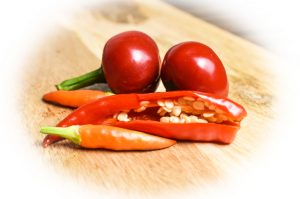 A Comprehensive Guide
A Comprehensive Guide
For UK gardeners, finding high-quality chilli seeds can seem daunting. With so many varieties and suppliers out there, how do you know where to start? Whether you’re dreaming of mild Jalapeños or craving the intense burn of Carolina Reapers, we’ve got you covered. In this guide, we’ll explore the best places to buy chilli seeds in the UK. We’ll introduce you to reputable suppliers who offer everything from common favourites to rare and exotic varieties. Plus, we’ll share tips on choosing the right chillies for your growing conditions and experience level.
But first things first. Before choosing your seed supplier, it’s always good to know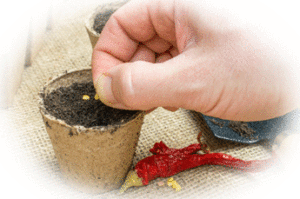 what grows well in the UK and what to look out for. Despite our cooler weather, several chilli varieties thrive here. Apache and Hungarian Hot Wax are great for beginners, offering good yields and tolerance for cooler temperatures. Jalapeños and Cayennes adapt well to UK conditions and are versatile in the kitchen. For heat lovers, Scotch Bonnets can succeed with extra care or in a greenhouse. Padrón peppers offer a fun mix of mild and spicy fruits on the same plant.
what grows well in the UK and what to look out for. Despite our cooler weather, several chilli varieties thrive here. Apache and Hungarian Hot Wax are great for beginners, offering good yields and tolerance for cooler temperatures. Jalapeños and Cayennes adapt well to UK conditions and are versatile in the kitchen. For heat lovers, Scotch Bonnets can succeed with extra care or in a greenhouse. Padrón peppers offer a fun mix of mild and spicy fruits on the same plant.
The standout for UK growers is the Rocoto, remarkably cold-resistant and able to withstand temperatures as low as -5°C, making it ideal for outdoor growing. These apple-shaped peppers offer a fruity flavour with significant heat and can even be grown year-round in milder UK regions. Whether you’re a novice or experienced grower, these UK-friendly varieties ensure a successful and spicy harvest. Now, get ready to embark on a spicy journey through the world of chilli seeds.
From online specialists to local garden centres, we’ll help you find the perfect starting point for your chilli-growing adventure. So grab your gardening gloves and let’s dive in – your future salsa, curry, or hot sauce starts here!

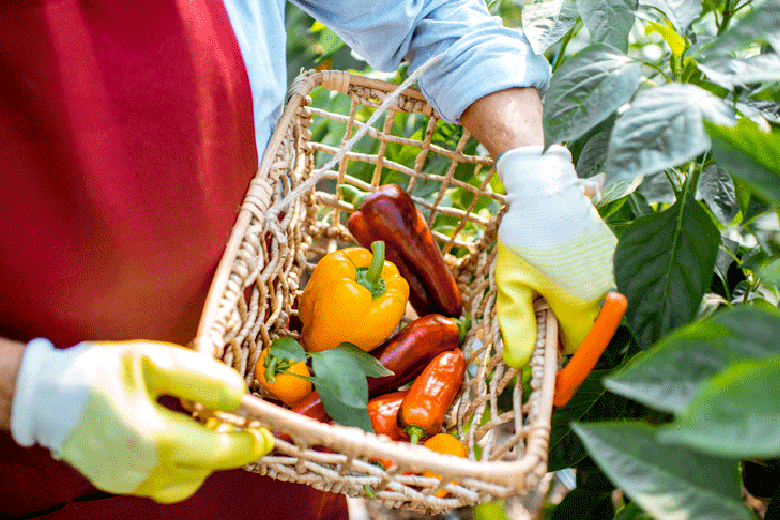
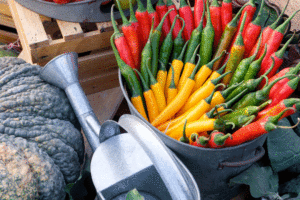 will also cover what precautions should be taken to protect the young plants against unwanted pests like
will also cover what precautions should be taken to protect the young plants against unwanted pests like 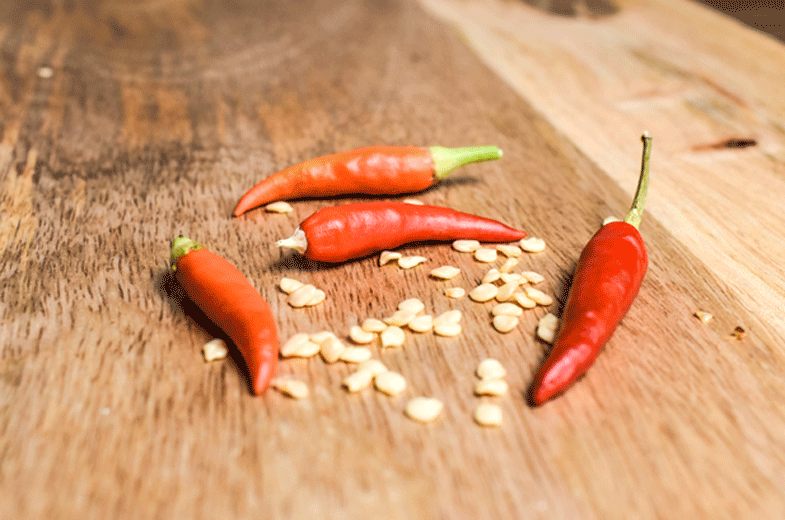 Saving seeds for next year
Saving seeds for next year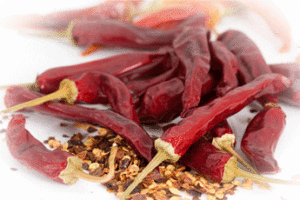
 A guide to hardening off
A guide to hardening off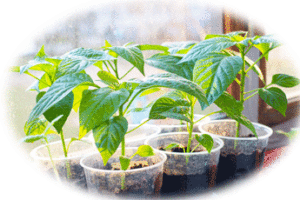 unpredictable outdoors without a period of adjustment. The sudden change in light intensity, temperature fluctuations, and exposure to wind and other elements can be a severe shock to their system, manifesting as
unpredictable outdoors without a period of adjustment. The sudden change in light intensity, temperature fluctuations, and exposure to wind and other elements can be a severe shock to their system, manifesting as 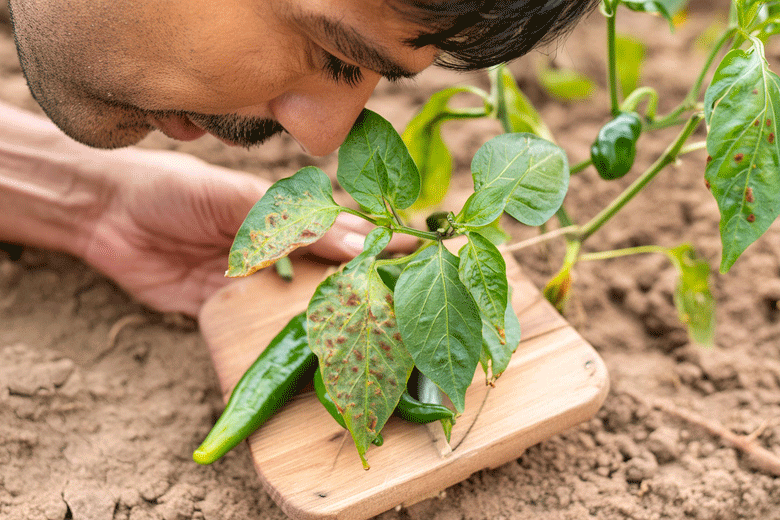 Combating problems
Combating problems
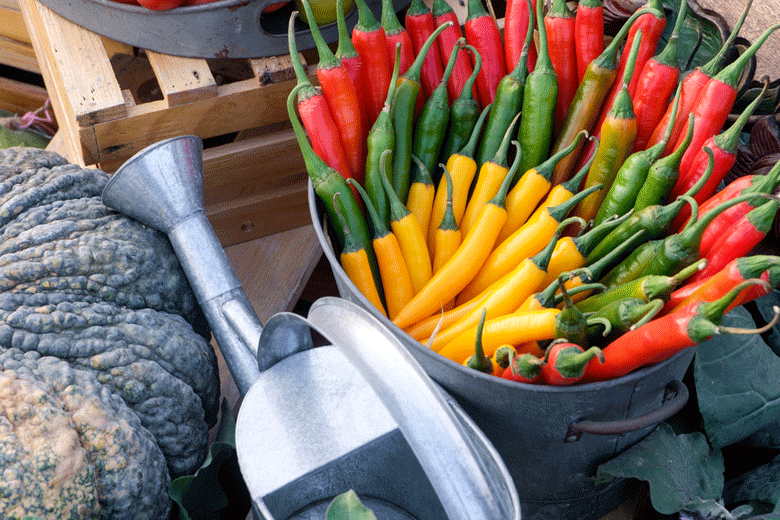 Getting the basics right
Getting the basics right
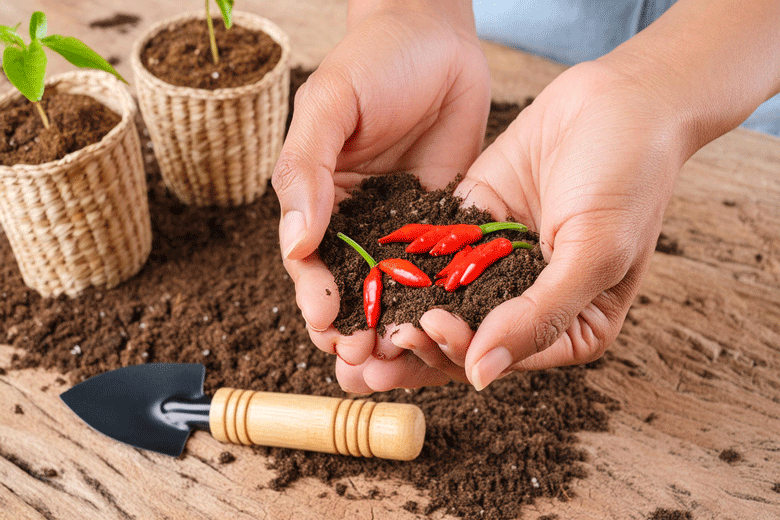
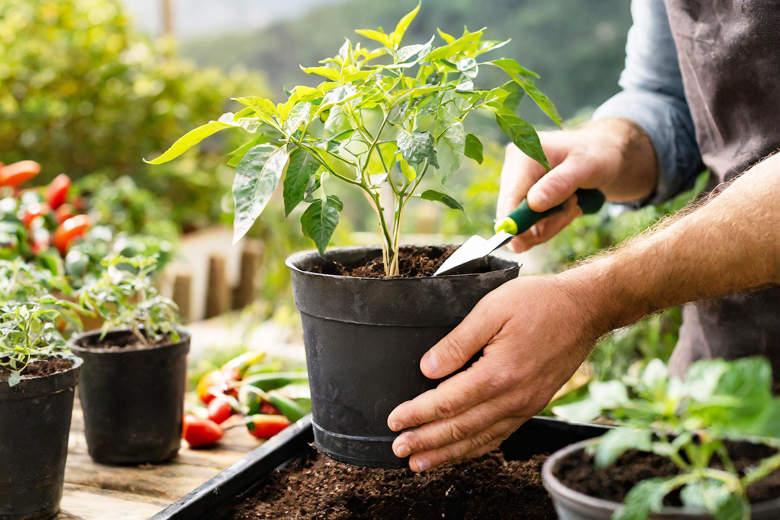 Potting on for success
Potting on for success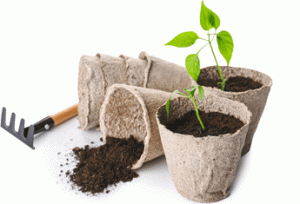
 The best soil for growing Chillies
The best soil for growing Chillies plants the best chance to flourish.
plants the best chance to flourish.